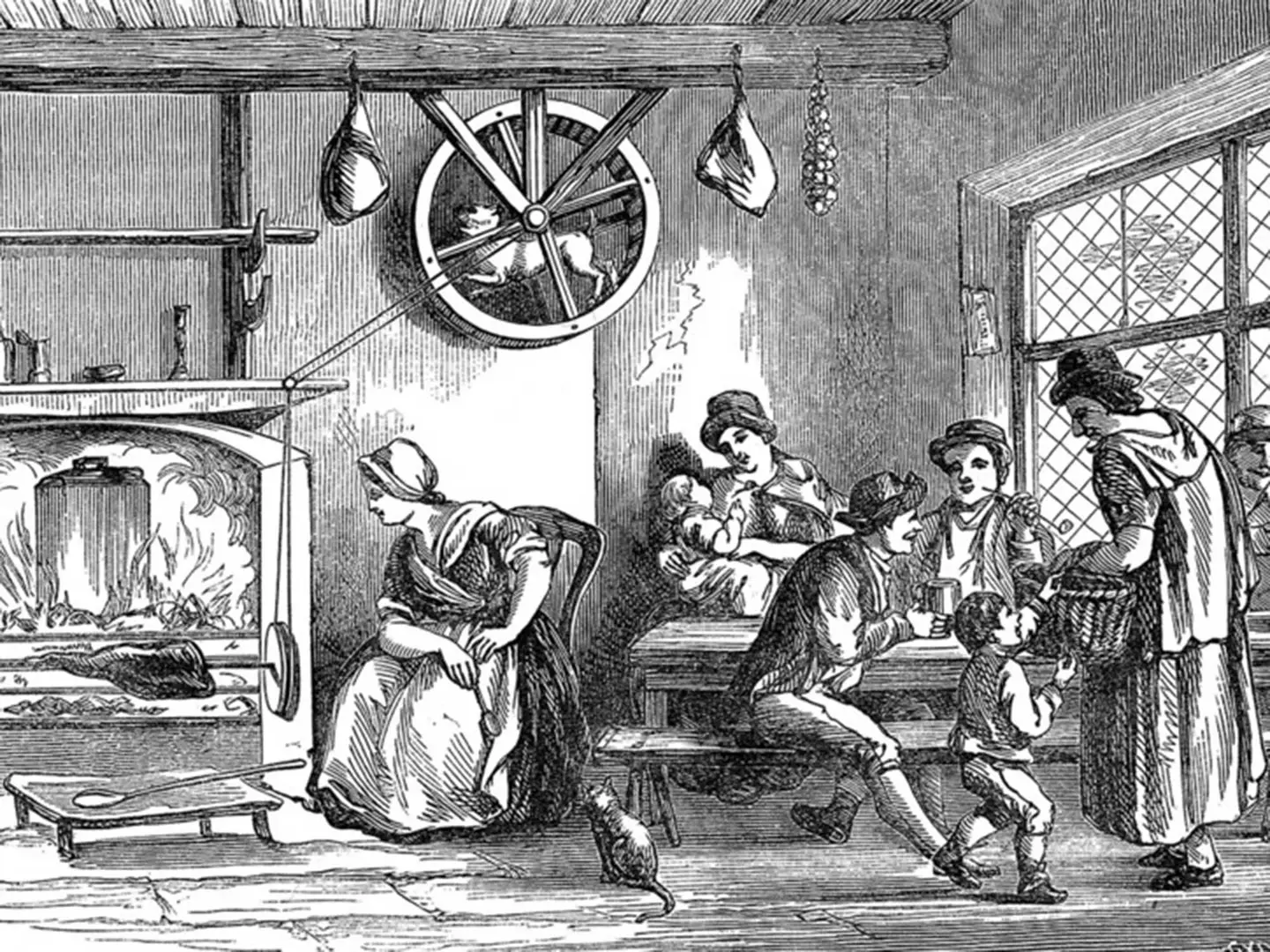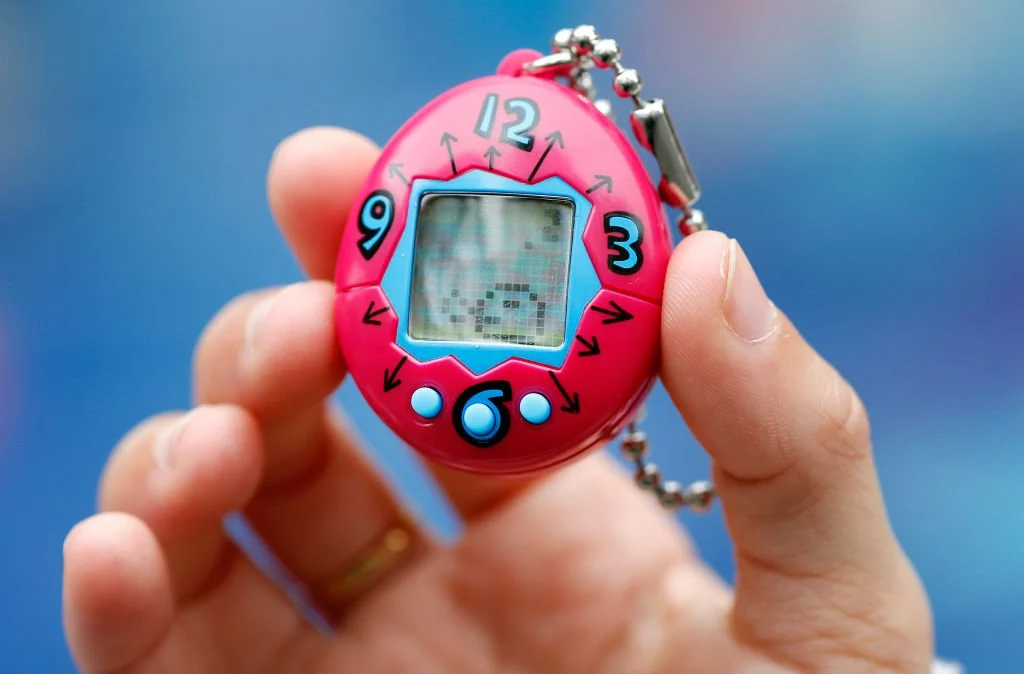Intention
Human-centered design is a popular technique for people at the system's center so that the service can benefit users. It creates the direction of the value always towards the human side. In other words, the beginning of the command(input) is always done by humans, and as a result, the service (output) will follow as requested. Also, mutual interaction is the circular form in the society of living creatures, including humans and animals. I want to create a similar interaction with daily objects. What if the machine is independent and has its own needs and desires like a living creature? What if the device asks or commands the human to respond too?



